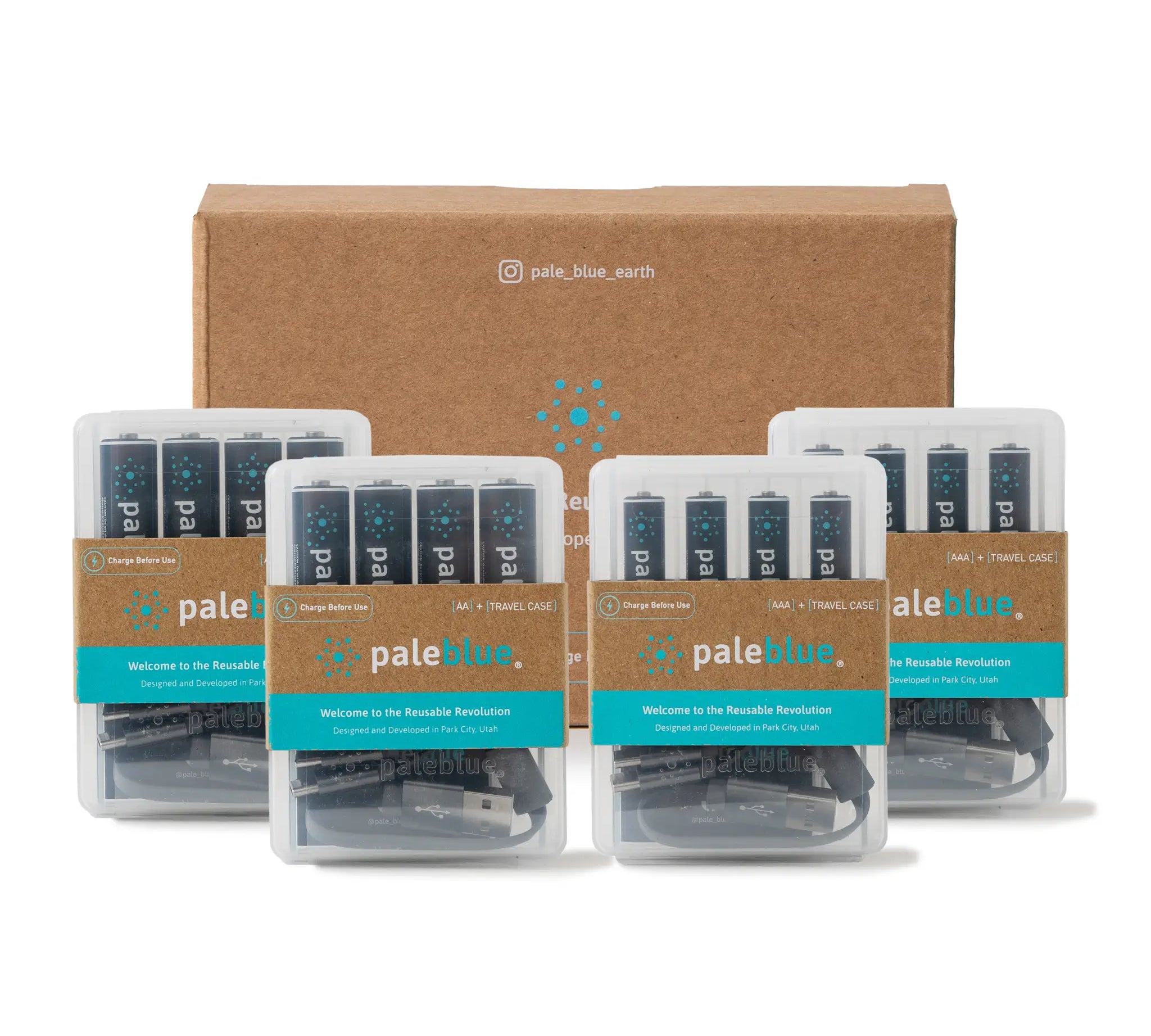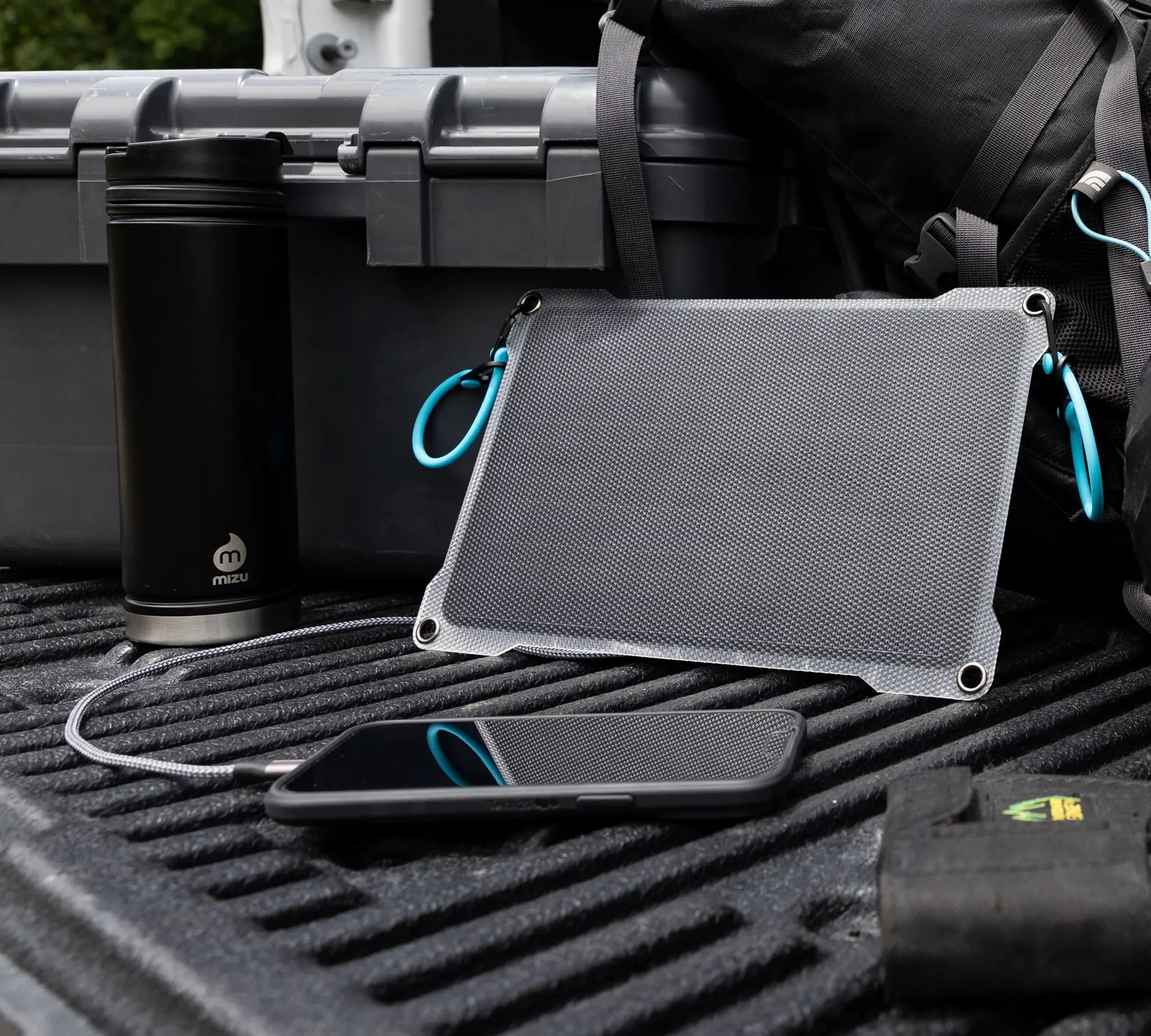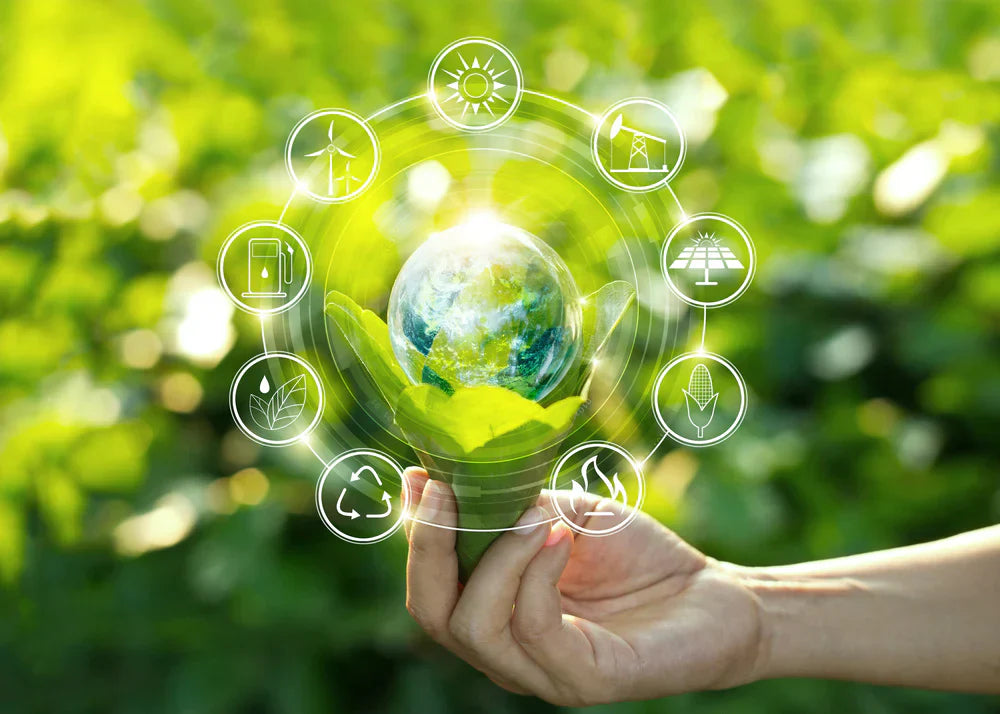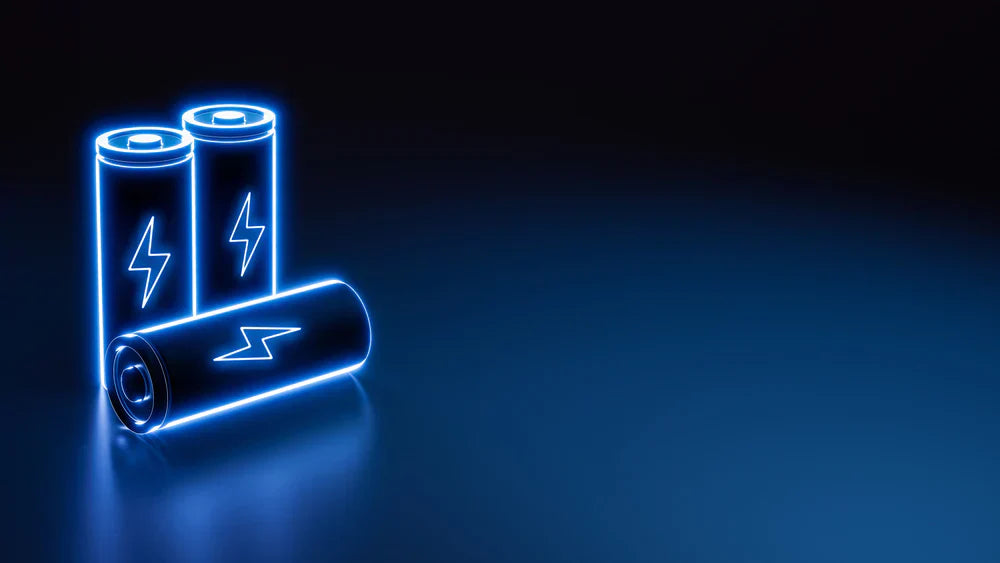Li-Ion Battery Collection Sets a New Record in 2022
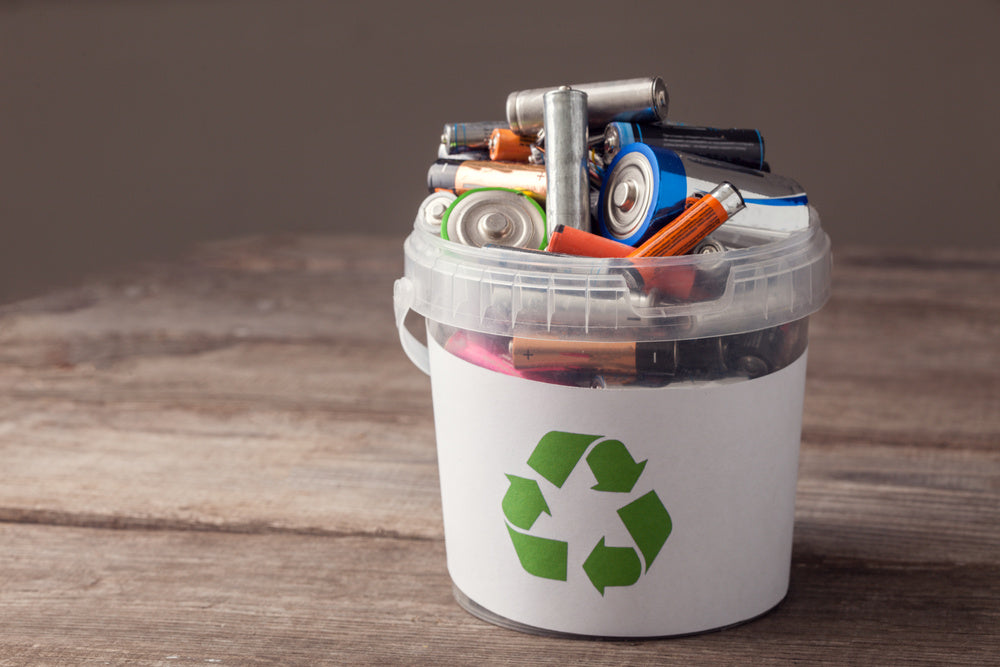
Regular readers of the Paleblue blog know how passionate we are about battery recycling. So it goes without saying that we are over the moon about a recently released report from one of our favorite industry organizations, Call2Recycle. The report clearly shows that lithium-ion battery collection set a new record last year.
The easiest way to recycle lithium-ion batteries is to drop them off at a local collection center. Call2Recycle makes it extremely easy to find a collection center. You just visit their website, enter your zip code, and wait a second or two for the site to return results. Find the nearest collection center and drop off your batteries the next time you are driving by. It is really that easy!
Call2Recycle has been leading the charge to recycle lithium-ion batteries for years. Their efforts are paying off. They collected more li-ion batteries in 2022 than an any previous year. In fact, the record set last year isn't even close to the high water mark from previous years.
3 Million Pounds of Batteries
So, just how many lithium-ion batteries did the organization collect last year? The report says 3 million pounds. That is a 13% increase from the year before. We couldn't be more pleased with those numbers. More lithium-ion batteries being collected and recycled means more recoverable materials going back into the battery manufacturing process.
Recycling companies with closed loop strategies are able to recover up to 100% of the available lithium, manganese, nickel, and cobalt in waste batteries. Cathode metals can be easily recovered as well. All the recovered materials go into the production of new batteries and battery materials.
Overall Recycling Is Down
For every bit of good news there tends to be some bad. The latest Call2Recycle report isn't an exception. So here's the bad news: unfortunately, overall battery recycling was down slightly in 2021. Some 2% fewer batteries (of all types) were collected for recycling last year. But even in that there may be a silver lining.
It could be that fewer NiCad and NiMH were recycled in 2022 because fewer were used by consumers. And if that were the case, consumers switching to USB-C lithium-ion from NiCad and NiMH batteries would still be good news. So we won't let the overall reduction in battery recycling dampen our enthusiasm over the new record set for lithium-ion battery collection.
You Can Do Your Part
With a new lithium-ion battery collection record now in the books, it is time to set our sights on breaking that record this year. You can do your part by taking your waste lithium-ion batteries to a local collection center. They are only taking up space in your drawer anyway. There is no point in letting them hang around.
As previously stated, Call2Recycle has an easy-to-use tool on their website, a tool that lets you find a local collection center in mere seconds. Use the tool and you will discover that all sorts of retail outlets collect waste batteries for recycling. From hardware stores to pharmacies and big box department stores, you can find collection centers all over the place.
Here's hoping you will join the growing effort to increase battery recycling in the years to come. As this team effort ramps up even further, we also want to encourage you to say goodbye to disposable alkaline batteries once and for all. Paleblue USB-C rechargeable batteries come in all the most popular form factors. They last longer, offer comparable performance, and contribute to a more sustainable tomorrow. Why keep using disposable batteries?


